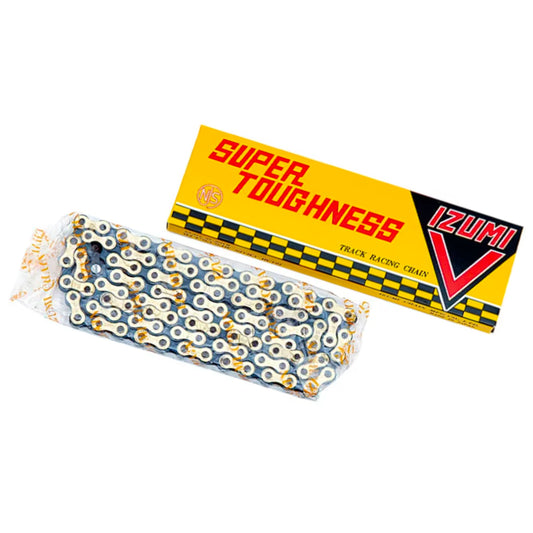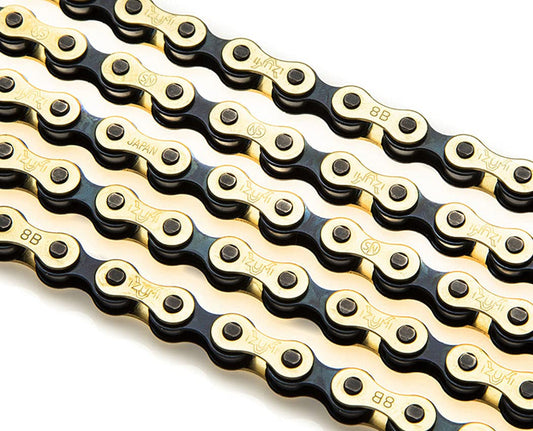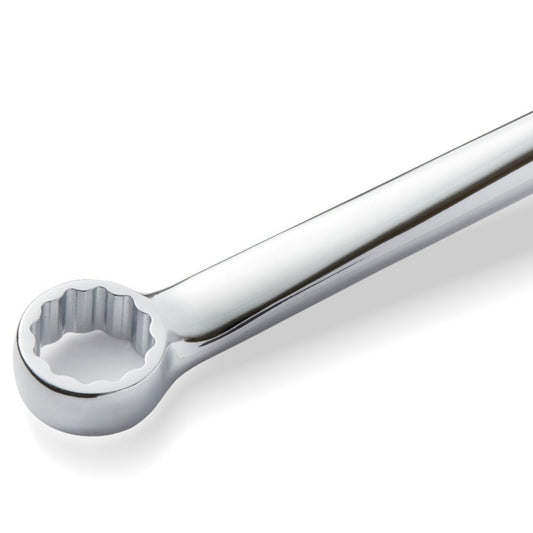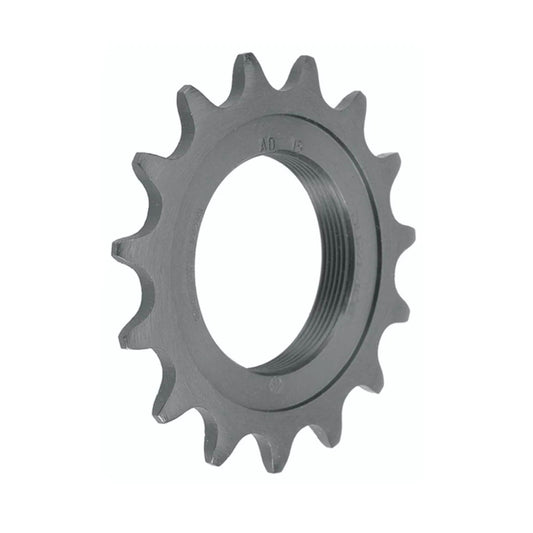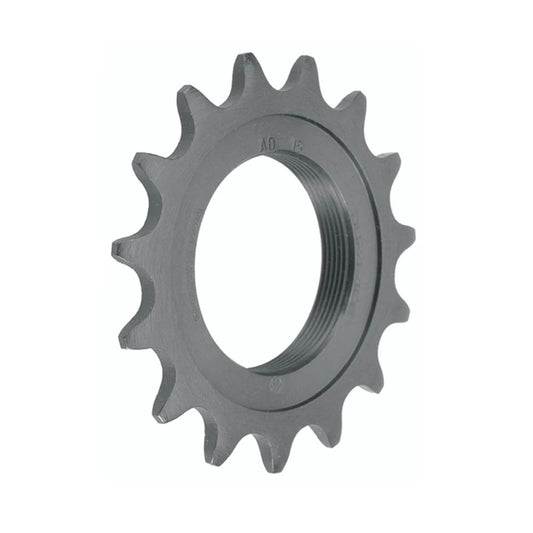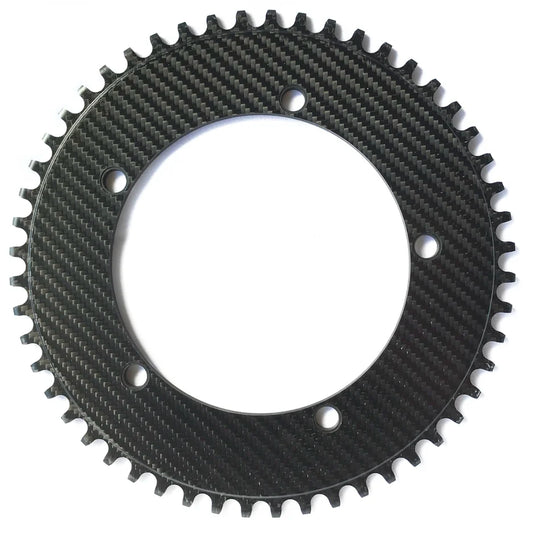What about those huge Chainrings?
Yup, they are everywhere. You can see every pro out there riding big chainrings. From road, to track riders, even professional MTB racers will use ''bigger'' chainrings.
The question is Why? And is there only one reason? or is it a combination of factors that pushes racers and performance geeks to move toward bigger chainrings?
Drivetrain efficiency and aerodynamics
Recent experimental studies on track bike drivetrains have provided clear evidence of how drivetrain combinations affect mechanical efficiency. Research conducted at INSA Lyon (Best et al., 2024) developed a high-precision test rig to quantify power losses under different configurations. Another group of fine folks (Wragge-Morley et al. (2023)) examined the aerodynamic and mechanical implications of different track bike drivetrains set-up used by Olympic level athletes. Together, these findings highlight the measurable efficiency gains achievable through specific drivetrain optimizations.
Effect of Sprocket and Chainring Size
Both studies confirm that, for a fixed transmission ratio, increasing the number of teeth on the chainring and cog improves efficiency. They observed that a 60×15 setup was approximately 1.2 W more efficient than a 52×13 configuration under equivalent conditions (Best et al.). The Wragge-Morley study showed similar results, where larger sprockets (56×14 or 64×16) achieved higher transmission efficiency than smaller ones (48×12). These improvements in drivetrain efficiency result from reduced articulation angles and contact friction within the pin–bush–roller interface, as well as lower vibration in the chain’s tight span.
The efficiency gain, although modest, has measurable performance consequences. A 0.25% increase in drivetrain efficiency can save about 0.24 seconds over 4 km 0.024 seconds in a sprint effort. Considering sprint events are often decided by hundredths of a second, these gains are significant.
Optimal Chain Tension and Alignment
Chain tension was another key factor in better drivetrain performance.
The INSA Lyon experiments showed that very tight chains caused increased losses, while too much slack slightly reduced efficiency. A deflection of around 20 mm, within a range of 15 mm to 30 mm, offered the best compromise.
However, Chainline alignment showed negligible impact on efficiency within the tested misalignment levels of up to 4 mm offset (0.3° deformation).
But an optimal chainline is better for security and reliability.
Influence of Lubrication
Lubrication has a strong influence on drivetrain efficiency. Seven lubricants were tested, including dry, drip-wax, and solid-wax formulations. During testing; solid wax lubricants performed best, improving drivetrain efficiency by up to 2 Watts. The tests were developed to replicate realistic indoor track conditions.
Conclusion
The combined findings from both studies demonstrate that drivetrain efficiency in track cycling, although already high, can be optimized through smart equipment choices. Using larger sprockets and chainrings, setting appropriate chain tension, and opting for wax-based lubrication can yield small but decisive advantages.
We think that if one was to go for a big chainring/cog combination, it's worth going for a good quality setup. The Digirit chainrings we offer are not only strong, they are perfectly straight and also, perfectly round. These characteristics fall in line with what makes a drivetrain efficient or not: Constant chain tension, reduced friction, constant chainline and lubrication retention capability.
Thanks for reading.
As always, keep turning left.
References
Best, M., Lanaspeze, G., Guilbert, B., Manin, L., Ville, F. (2024). Track Bicycle Chain Drive Efficiency: Experimental Setup. Univ Lyon, INSA Lyon, CNRS, LaMCoS.
Wragge-Morley, R., Yon, J., Lock, R., Alexander, B., ; Burgess, S. (2023). Big Sprockets and Small-Pitch Chains: Advancements in Transmissions for Olympic Track Cycling. Science-Cycling Conference.


